Portland's Architectural Journey Through Time
Discover the architectural wonders and historical remnants of older Portland, from granaries to warehouses, while indulging in tasty bites every 90 minutes on this free walking tour.
Time
3 Hours
Stops
9 Places
Distance
3.7 km
Union Station
Begin your journey at Union Station, an iconic example of early 20th-century architecture that showcases Portland's rich railroad history.
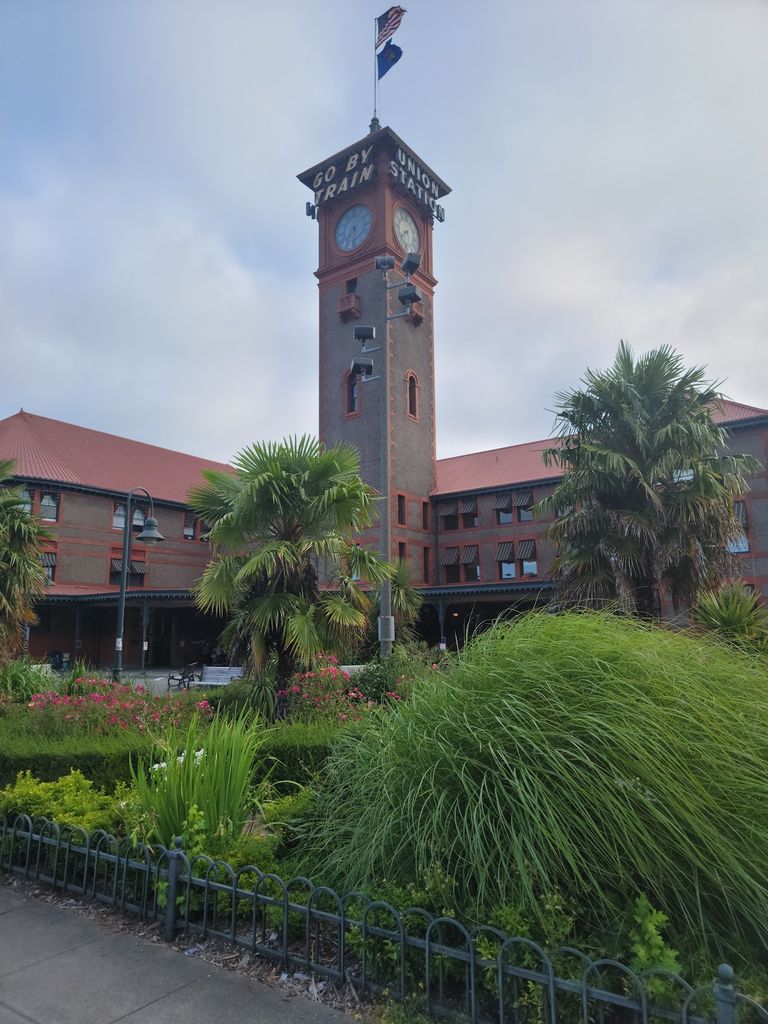
Union Station (Source: Google Maps)
Union Station, completed in 1888, is a stunning example of Richardsonian Romanesque architecture, characterized by its distinctive red brick and iconic clock tower. This station not only serves as a functional transit hub but also stands as a testament to Portland’s historical significance in the rail industry. Originally built to accommodate the influx of settlers and goods during the late 19th century, Union Station has witnessed the evolution of transportation in the region. The station features a grand waiting room adorned with beautiful woodwork and large arched windows that allow natural light to flood the space. It is listed on the National Register of Historic Places, symbolizing the city's commitment to preserving its rich history. Visitors can appreciate the architectural details while reflecting on the stories of travelers who have passed through this landmark over the decades.
Lovejoy Bakers
Enjoy a quick bite at Lovejoy Bakers, where you can savor freshly baked pastries and sandwiches, perfect for recharging during your exploration.
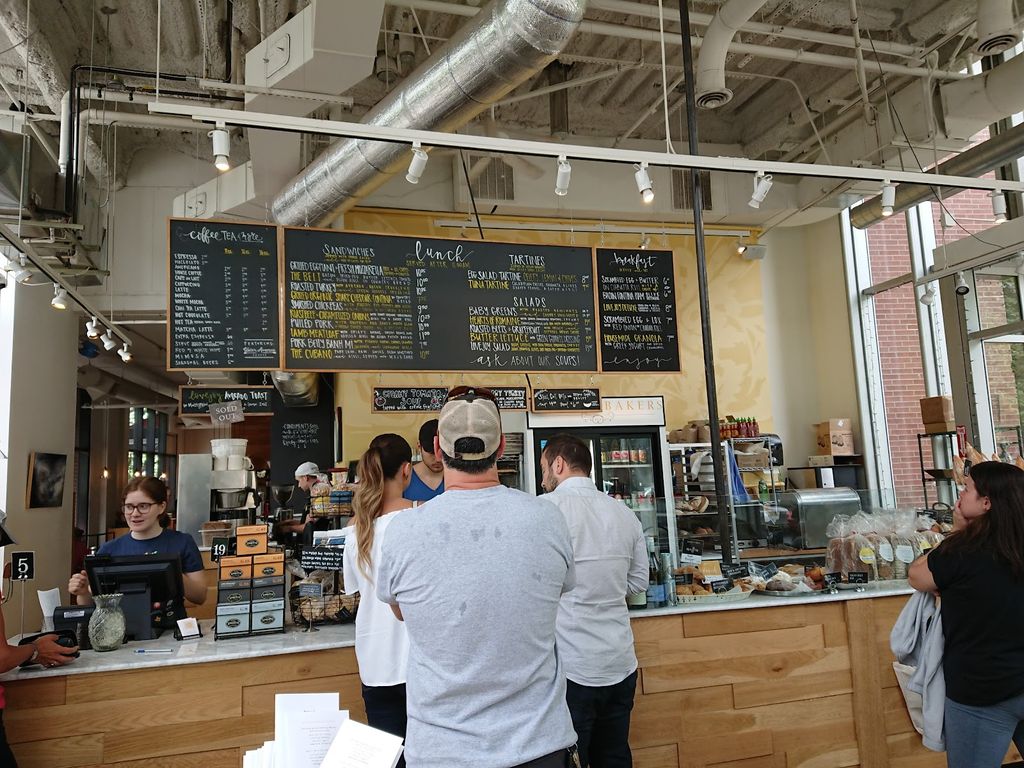
Lovejoy Bakers (Source: Google Maps)
The Fields Park
Continue to The Fields Park, a modern park that provides views of the surrounding architecture and a glimpse into Portland’s urban planning.
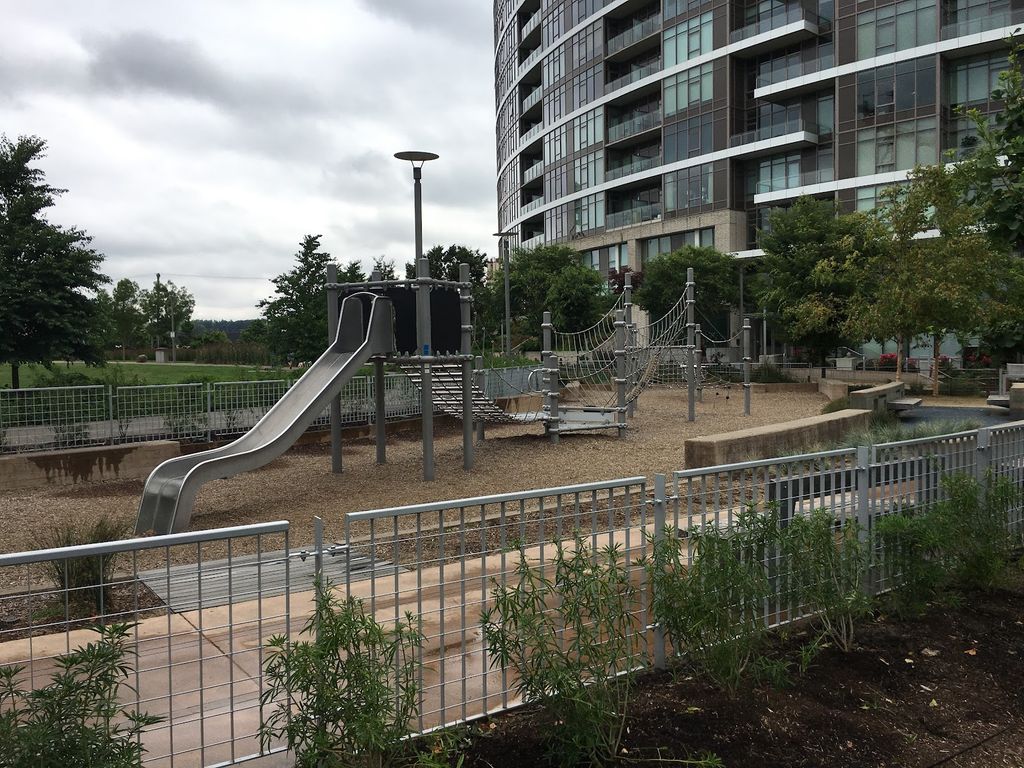
The Fields Park (Source: Google Maps)
The Fields Park is a modern urban park that beautifully contrasts Portland's industrial past with its contemporary architectural landscape. Designed to enhance community interaction, the park features open green spaces, walking paths, and views of the surrounding historic buildings. It serves as a gathering place for locals and visitors alike, offering a serene escape in the heart of the city. The park's design incorporates sustainable practices, promoting biodiversity and ecological balance. The surrounding architecture, which includes repurposed warehouses and modern residential buildings, reflects Portland’s commitment to adaptive reuse and urban revitalization. The Fields Park is not just a recreational area; it symbolizes the harmonious blend of nature and urban development, inviting people to explore the history and evolution of Portland’s architectural identity.
Tanner Springs Park
Stroll through Tanner Springs Park, a beautiful urban green space offering a tranquil escape amidst the city's industrial past.
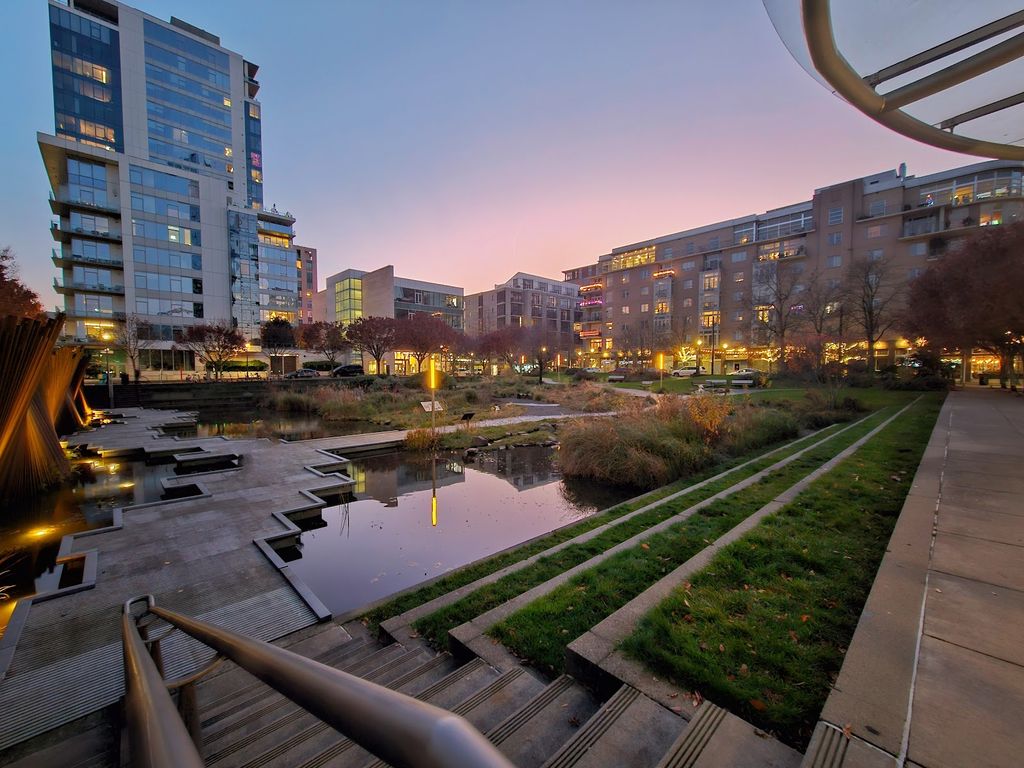
Tanner Springs Park (Source: Google Maps)
Tanner Springs Park is an urban oasis that showcases Portland's dedication to preserving green spaces amidst its industrial backdrop. This park, which opened in 2005, incorporates elements of the city's historical landscape, including wetlands and native plant species, reflecting the area's natural history. The park features a unique design that mimics the original wetlands that once thrived in the area, complete with meandering paths and water features. Visitors can enjoy the tranquil atmosphere while learning about the ecological restoration efforts that have taken place. Tanner Springs Park serves as a reminder of Portland's commitment to sustainability and environmental stewardship, providing a peaceful retreat for those exploring the urban landscape. The park is also a popular spot for community events, fostering a sense of connection among residents and visitors.
BridgePort Brewing Company
Take a break at the BridgePort Brewing Company, located in a historic building, and enjoy a refreshing local brew while soaking in the industrial ambiance.
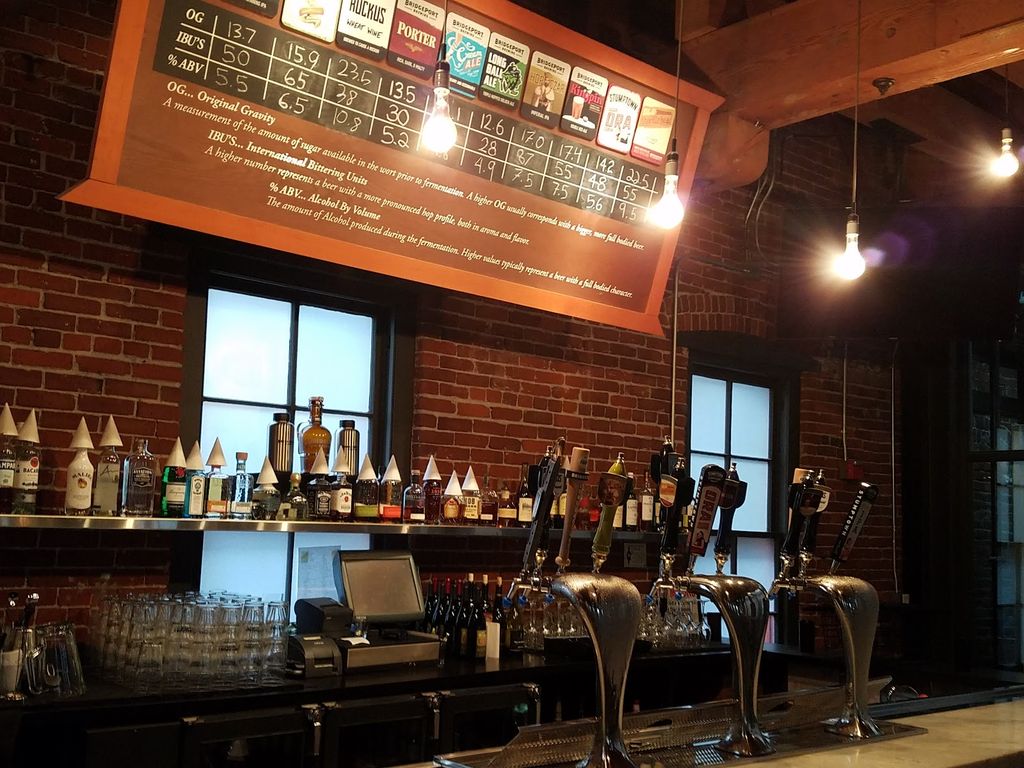
BridgePort Brewing Company (Source: Google Maps)
Pearl District
Walk through the Pearl District, known for its transformed industrial warehouses now housing art galleries, boutiques, and restaurants, reflecting the architectural evolution of Portland.
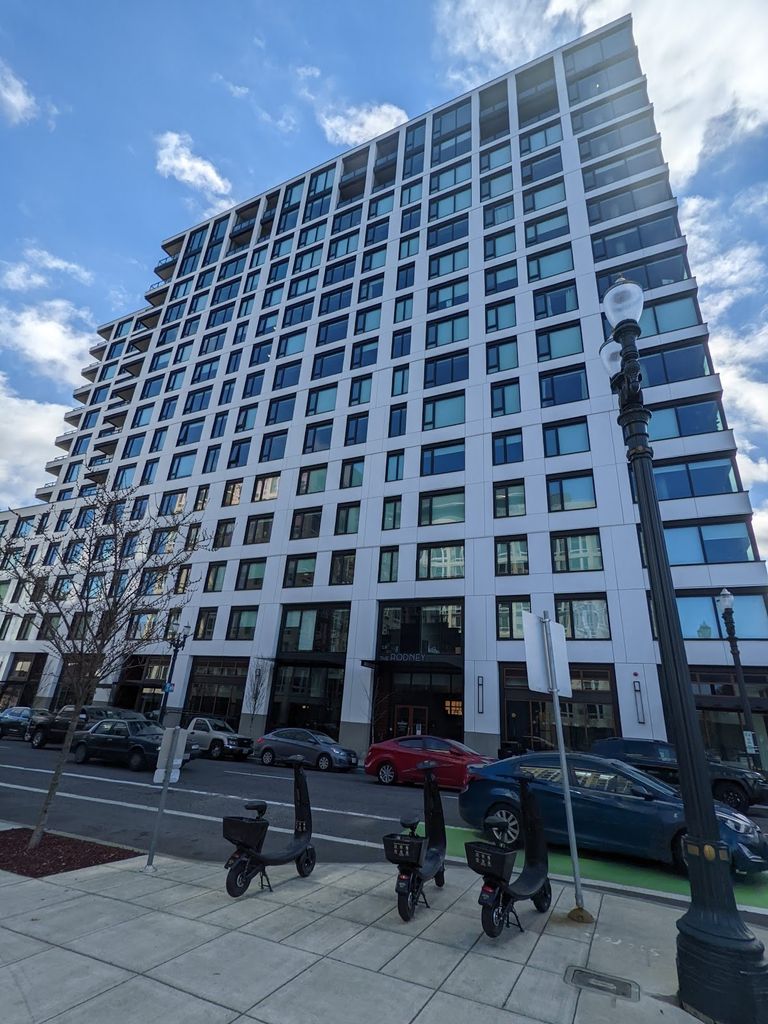
Pearl District (Source: Google Maps)
The Pearl District is a vibrant neighborhood that exemplifies Portland’s architectural evolution, transforming from a hub of industrial warehouses to a lively area filled with art galleries, boutiques, and restaurants. The district’s historic buildings have been meticulously restored and repurposed, showcasing the city’s commitment to adaptive reuse. Walking through the Pearl, visitors can admire the blend of old and new architecture, with brick facades and modern designs coexisting harmoniously. The area is also home to numerous public art installations, enhancing its cultural significance. As a center for creativity and innovation, the Pearl District reflects Portland's dynamic spirit, attracting both locals and tourists. Its revitalization has not only preserved its historical essence but also created a thriving community that celebrates the arts and commerce.
NW 13th Avenue
Walk along NW 13th Avenue, a historic street lined with preserved warehouses that now serve as trendy shops and eateries, illustrating Portland's adaptive reuse of industrial spaces.
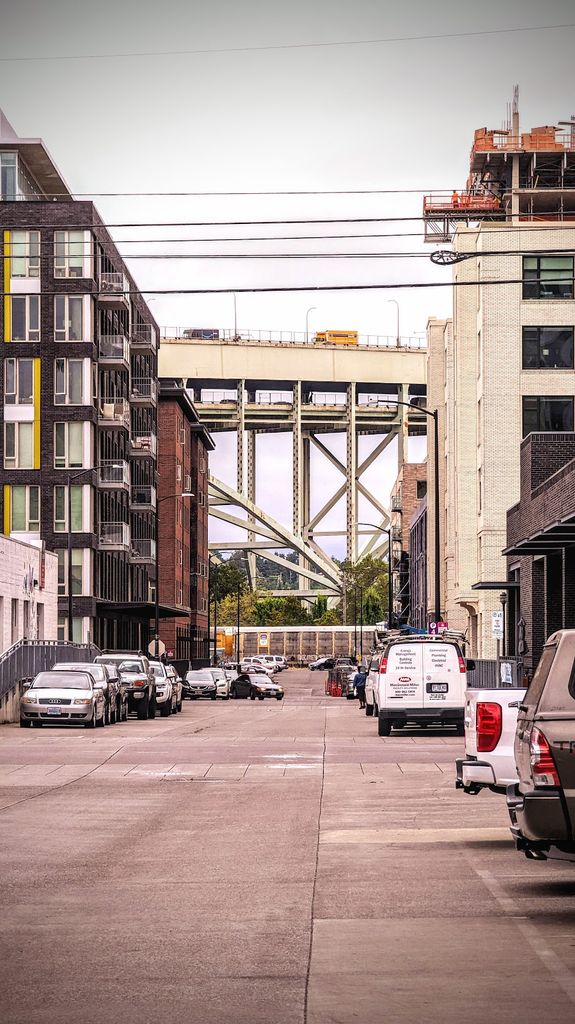
NW 13th Avenue (Source: Google Maps)
NW 13th Avenue is a historic street that captures the essence of Portland’s architectural heritage. Lined with preserved warehouses that have been transformed into trendy shops and eateries, this avenue illustrates the city’s commitment to adaptive reuse of its industrial spaces. The buildings, characterized by their brick exteriors and large windows, reflect the industrial past while offering a contemporary shopping experience. As you stroll down NW 13th Avenue, you’ll encounter a mix of local boutiques, art galleries, and cafes, showcasing the creativity and entrepreneurial spirit of Portland. The street has become a cultural hub, drawing visitors to experience the unique blend of history and modernity. NW 13th Avenue stands as a testament to Portland's ability to honor its past while embracing change, making it an essential stop for those exploring the city’s architectural landscape.
Powell's City of Books
Visit Powell's City of Books, the world's largest independent bookstore, housed in a former car dealership, showcasing how Portland repurposes its historic buildings.
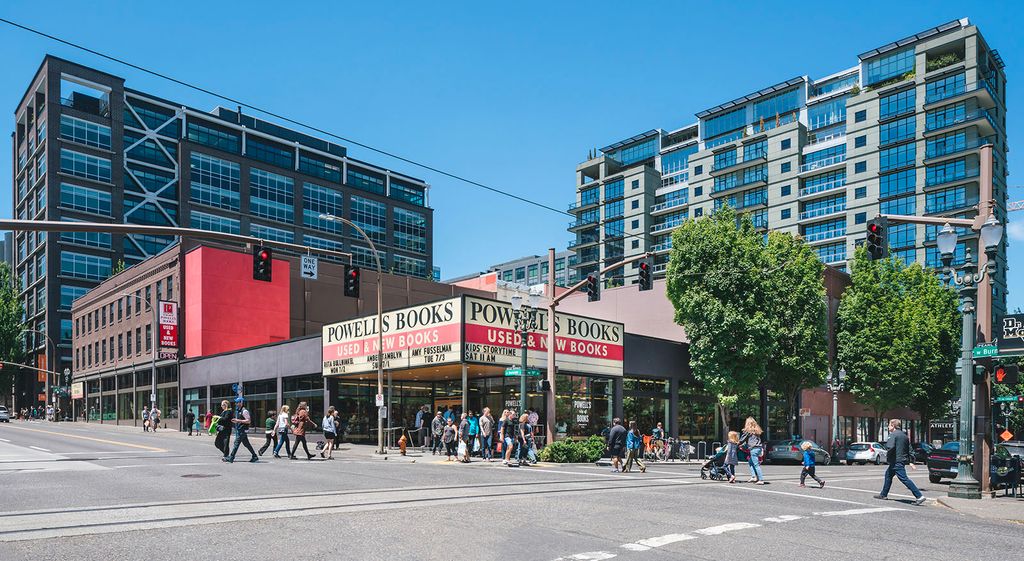
Powell's City of Books (Source: Google Maps)
Powell's City of Books is a literary landmark located in a former car dealership, showcasing Portland’s innovative approach to repurposing historic buildings. As the world’s largest independent bookstore, it occupies an entire city block and offers a vast selection of new and used books across all genres. The store's architecture reflects its unique history, with large open spaces, cozy reading nooks, and a vibrant atmosphere that attracts bibliophiles from around the globe. Powell's not only serves as a bookstore but also as a community hub, hosting author readings, book signings, and literary events. Its commitment to promoting reading and literature has cemented its place in Portland's cultural fabric. Visitors can explore the labyrinth of bookshelves while appreciating the thoughtful design that honors the building's past, making Powell's a must-visit destination for anyone interested in the intersection of architecture and literature.
Blue Star Donuts
Conclude your tour with a sweet treat from Blue Star Donuts, offering innovative flavors that are a hit among locals and visitors alike.

Blue Star Donuts (Source: Google Maps)

Your travels, your rules.
Create your own Free Walking Tours.
Set your preferences, distances and anything you want to do or see.
Completely free, no payment required.